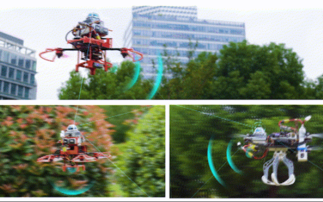University of Wisconsin-Madison suggests both electric and magneto-electric techniques could boost PC and smartphone memory
Magneto-electric materials could be used to boost memory capacities of PCs, smartphones and other electrical devices, according to researchers at the University of Wisconsin-Madison. Memory tec...
To continue reading this article...
Join Computing
- Unlimited access to real-time news, analysis and opinion from the technology industry
- Receive important and breaking news in our daily newsletter
- Be the first to hear about our events and awards programmes
- Join live member only interviews with IT leaders at the ‘IT Lounge’; your chance to ask your burning tech questions and have them answered
- Access to the Computing Delta hub providing market intelligence and research
- Receive our members-only newsletter with exclusive opinion pieces from senior IT Leaders






















